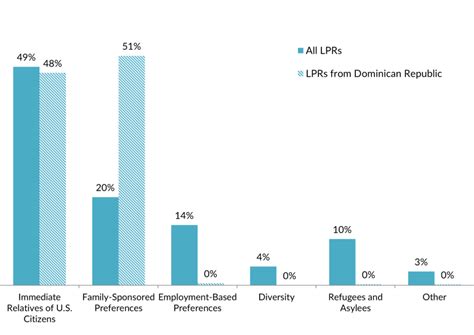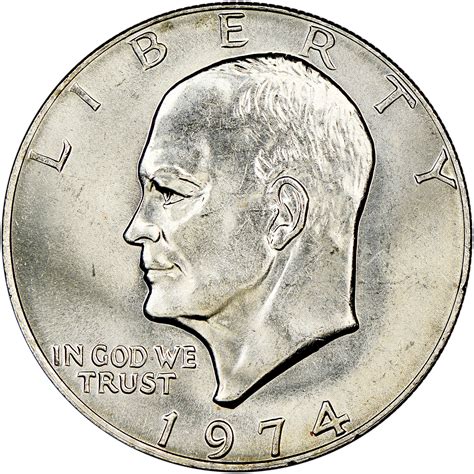Dominican Immigration To The United States

The Dominican Republic, an island nation located in the Caribbean, has a long history of immigration to the United States. The first wave of Dominican immigrants arrived in the United States in the early 20th century, with many settling in New York City. However, it wasn't until the 1960s that Dominican immigration to the United States began to increase significantly. This was largely due to the political and economic instability in the Dominican Republic, as well as the ease of travel between the two countries.
According to the United States Census Bureau, the Dominican population in the United States grew from just over 12,000 in 1960 to over 170,000 by 1980. This rapid growth was driven in part by the Immigration and Nationality Act of 1965, which eliminated the national origins quota system and opened up immigration to people from non-European countries. Today, there are over 2 million people of Dominican descent living in the United States, making them one of the largest Hispanic groups in the country.
Key Points
- The first wave of Dominican immigrants arrived in the United States in the early 20th century, with many settling in New York City.
- The Immigration and Nationality Act of 1965 played a significant role in increasing Dominican immigration to the United States.
- Today, there are over 2 million people of Dominican descent living in the United States, making them one of the largest Hispanic groups in the country.
- Dominican immigrants have made significant contributions to the United States economy, particularly in the areas of healthcare, education, and small business ownership.
- Despite facing challenges such as language barriers and cultural differences, Dominican immigrants have been able to maintain their cultural identity and pass it down to future generations.
Causes of Dominican Immigration

There are several factors that have contributed to the large numbers of Dominicans immigrating to the United States. One of the main reasons is economic instability in the Dominican Republic. The country has struggled with high levels of poverty, unemployment, and inflation, making it difficult for people to make a living. Many Dominicans have turned to the United States as a way to escape these economic challenges and provide a better life for themselves and their families.
Another factor is political instability. The Dominican Republic has a history of political turmoil, including a civil war in the 1960s and a series of military coups. This instability has created an uncertain environment, leading many people to seek refuge in the United States. Additionally, the ease of travel between the two countries has made it easier for Dominicans to immigrate to the United States.
Push and Pull Factors
Push factors, such as poverty, unemployment, and political instability, have driven many Dominicans to leave their home country. On the other hand, pull factors, such as the promise of economic opportunity, political stability, and a better quality of life, have attracted them to the United States. The combination of these push and pull factors has resulted in a large and steady flow of Dominican immigrants to the United States.
| Year | Number of Dominican Immigrants |
|---|---|
| 1960 | 12,000 |
| 1980 | 170,000 |
| 2000 | 764,000 |
| 2020 | 2,043,000 |

Challenges Faced by Dominican Immigrants

Despite the many opportunities available to them, Dominican immigrants have faced a number of challenges in the United States. One of the main challenges is the language barrier. Many Dominicans speak little or no English, making it difficult for them to navigate everyday tasks, find employment, and access healthcare and education.
Another challenge is cultural differences. Dominican culture is distinct from American culture, and many immigrants have struggled to adapt to the customs, norms, and values of their new home. Additionally, many Dominicans have faced discrimination and prejudice, particularly in the early years of their immigration.
Access to Education and Healthcare
Access to education and healthcare has been a significant challenge for many Dominican immigrants. Language barriers and lack of familiarity with the American education system have made it difficult for many Dominicans to access quality education. Similarly, language barriers and lack of health insurance have made it difficult for many Dominicans to access quality healthcare.
However, in recent years, there have been efforts to improve access to education and healthcare for Dominican immigrants. For example, many schools and healthcare providers have begun to offer bilingual services, and there are now a number of organizations that provide support and resources specifically for Dominican immigrants.
What are the main reasons for Dominican immigration to the United States?
+The main reasons for Dominican immigration to the United States are economic instability, political instability, and the ease of travel between the two countries.
What challenges have Dominican immigrants faced in the United States?
+Dominican immigrants have faced a number of challenges, including language barriers, cultural differences, and discrimination. They have also struggled to access quality education and healthcare.
How have Dominican immigrants contributed to American society?
+Dominican immigrants have made significant contributions to American society, particularly in the areas of healthcare, education, and small business ownership. They have also enriched American culture with their music, art, and cuisine.
In conclusion, Dominican immigration to the United States is a complex and multifaceted phenomenon that has been shaped by a variety of factors, including economic instability, political instability, and the ease of travel between the two countries. While Dominican immigrants have faced a number of challenges, they have also made significant contributions to American society and have enriched American culture with their unique perspectives and experiences.



